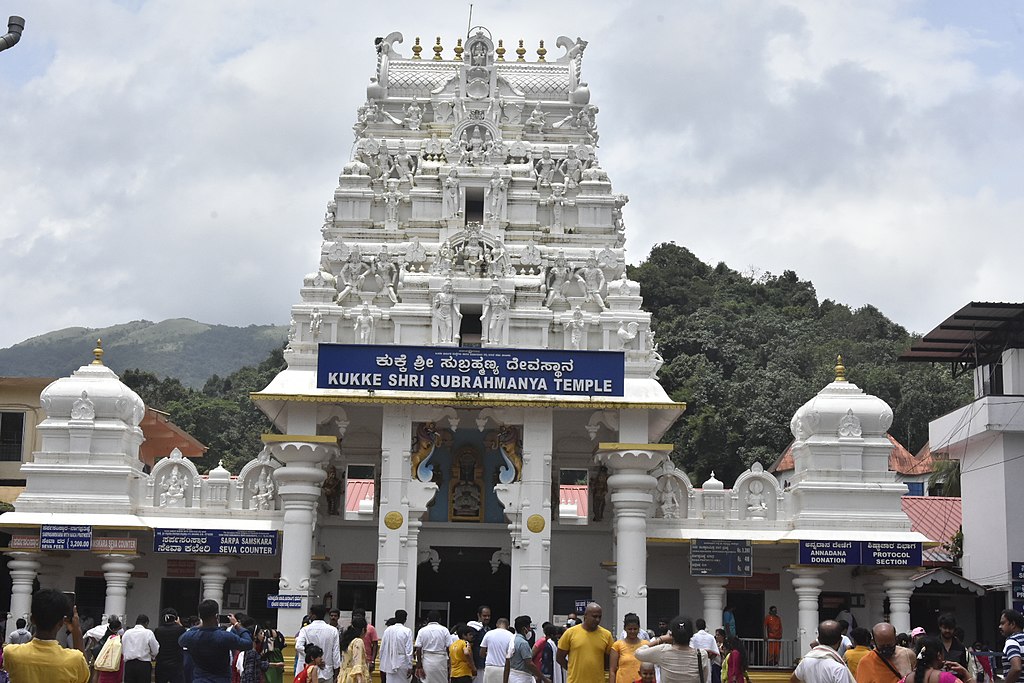Halebidu
A complete tourist and cultural guide
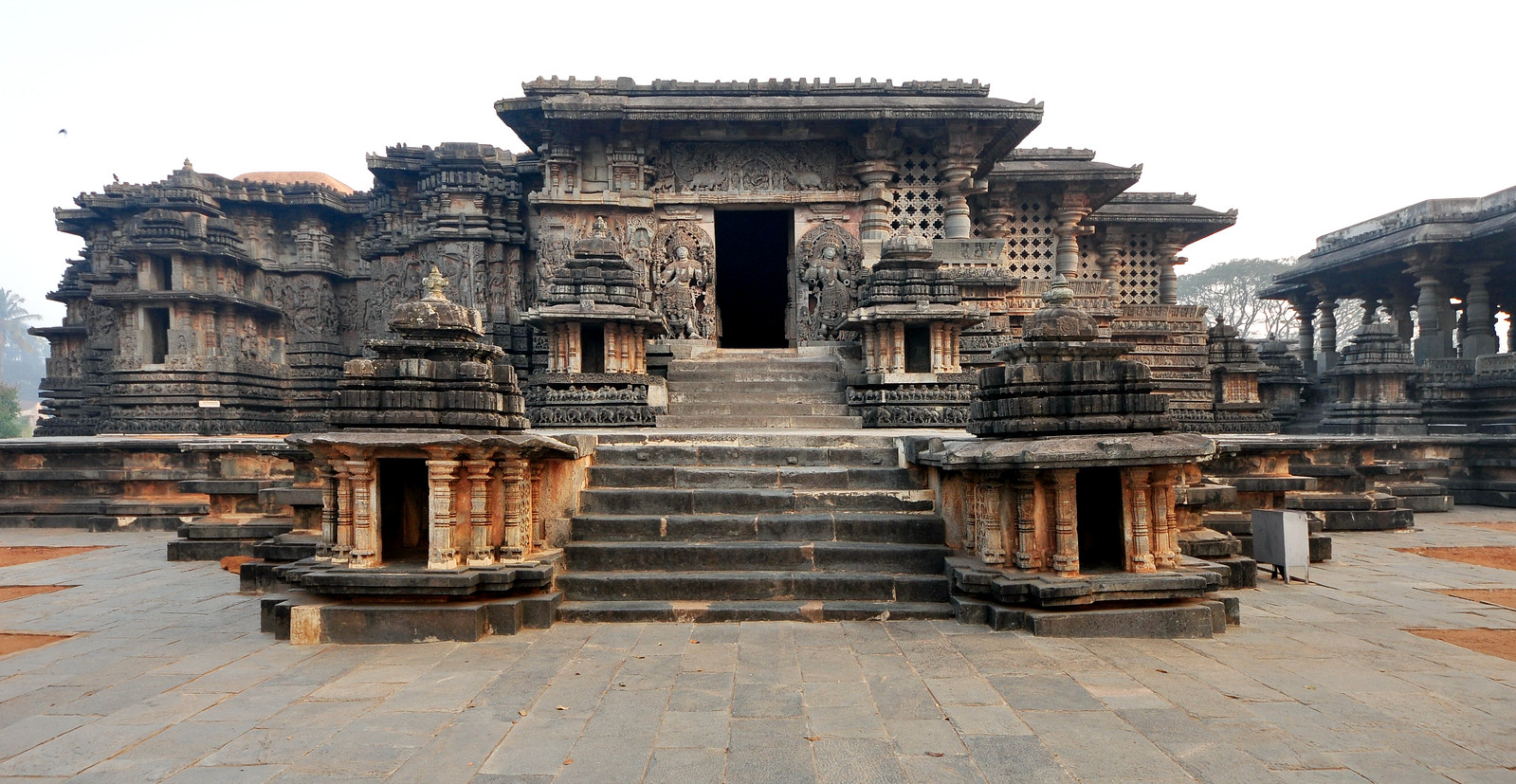
Halebidu, once the regal capital of the Hoysala Empire, is a hidden gem in Karnataka’s heritage trail. Known for its breathtaking temple architecture and intricate stone carvings, the town offers a serene yet awe-inspiring journey into South India’s glorious past. A visit here is a step back in time, where art, history, and devotion come alive in every sculpted detail.
Wiki Link : Halebidu
Must-Visit Attractions in Halebidu
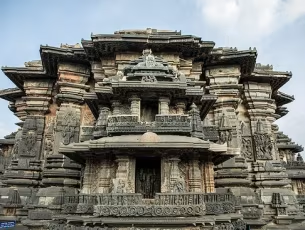
Hoysaleswara Temple
A 12th-century masterpiece, this temple is renowned for its detailed stone carvings depicting Hindu deities, animals, and mythological scenes.
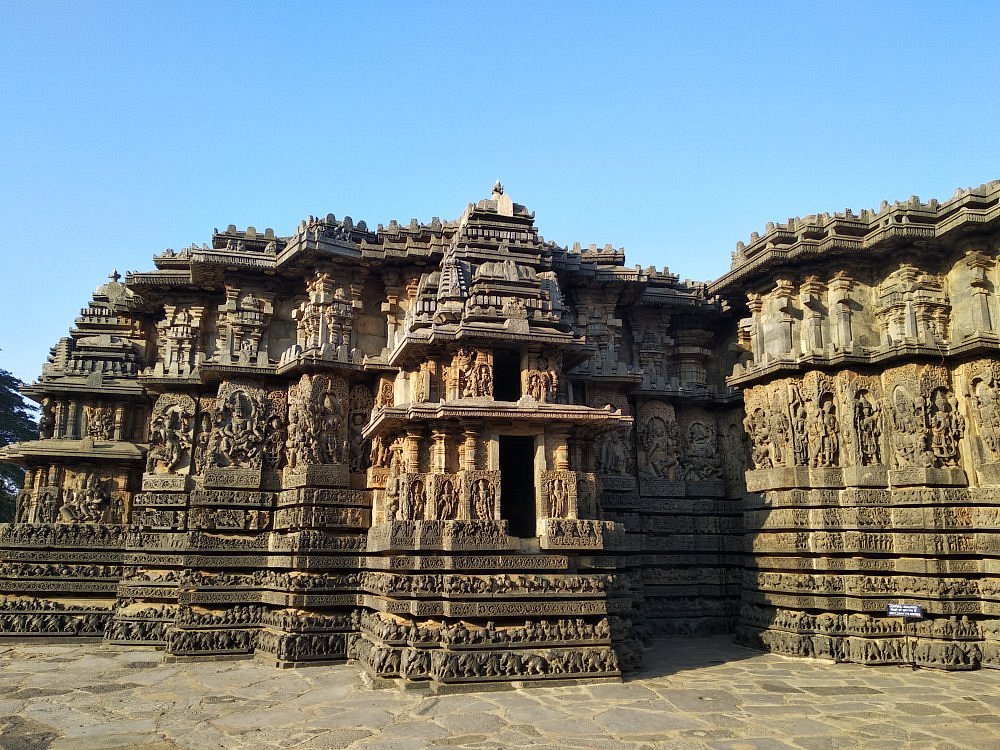
Shantaleswara Temple
Twin to the Hoysaleswara Temple, it’s dedicated to Queen Shantala Devi. The temple features delicate carvings and a peaceful ambience perfect for history and art lovers.
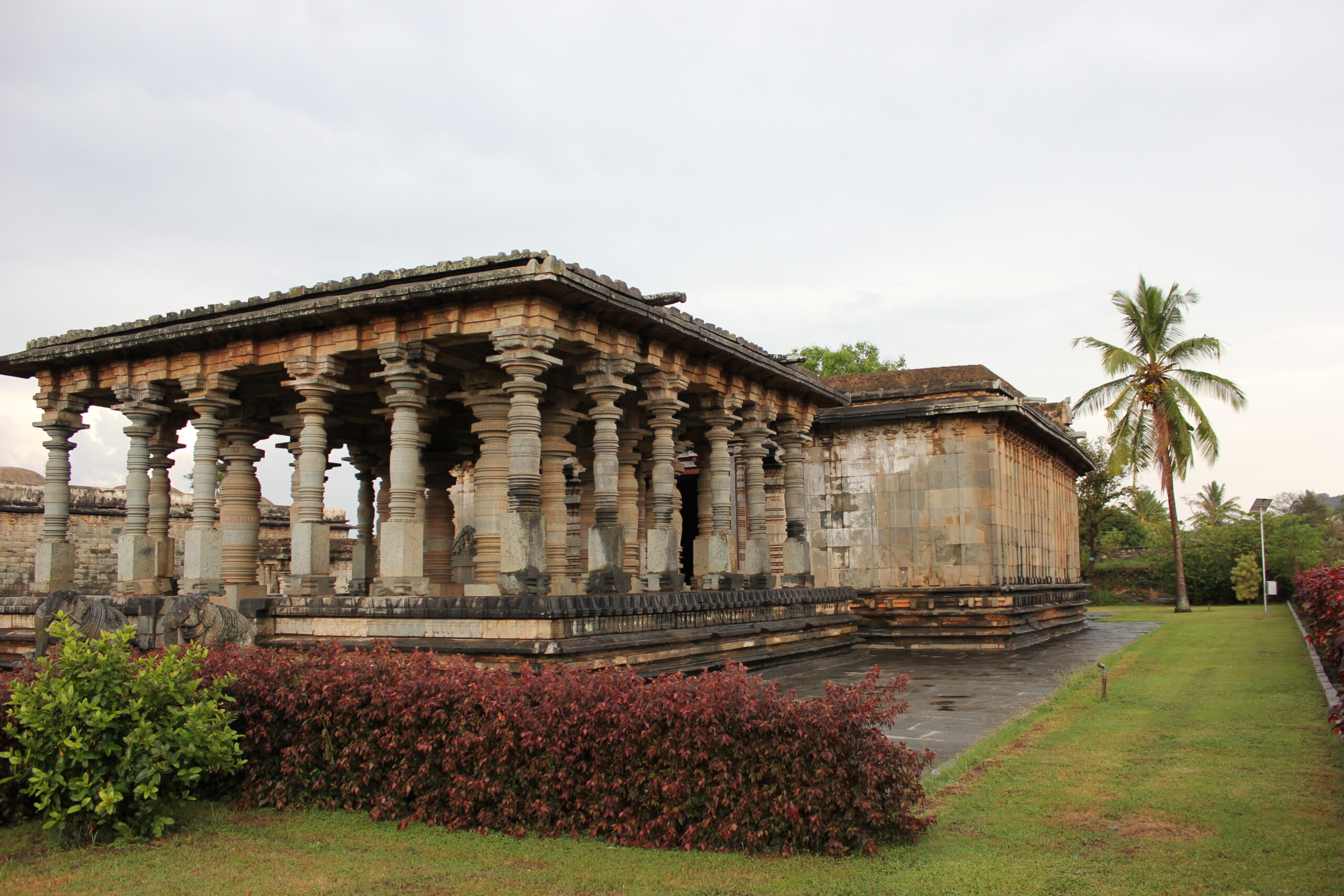
Jain Basadi
These serene temples are dedicated to Jain Tirthankaras and showcase impressive stonework and peaceful architecture that contrast with the grandeur of nearby temples.
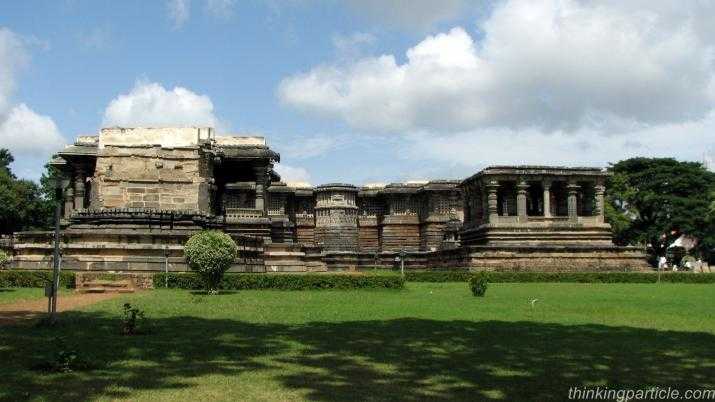
Archaeological Museum
A small but informative museum, it houses sculptures, inscriptions, and relics from the Hoysala era. A great place to understand the region’s historical context.
Major Attractions Nearby Halebidu
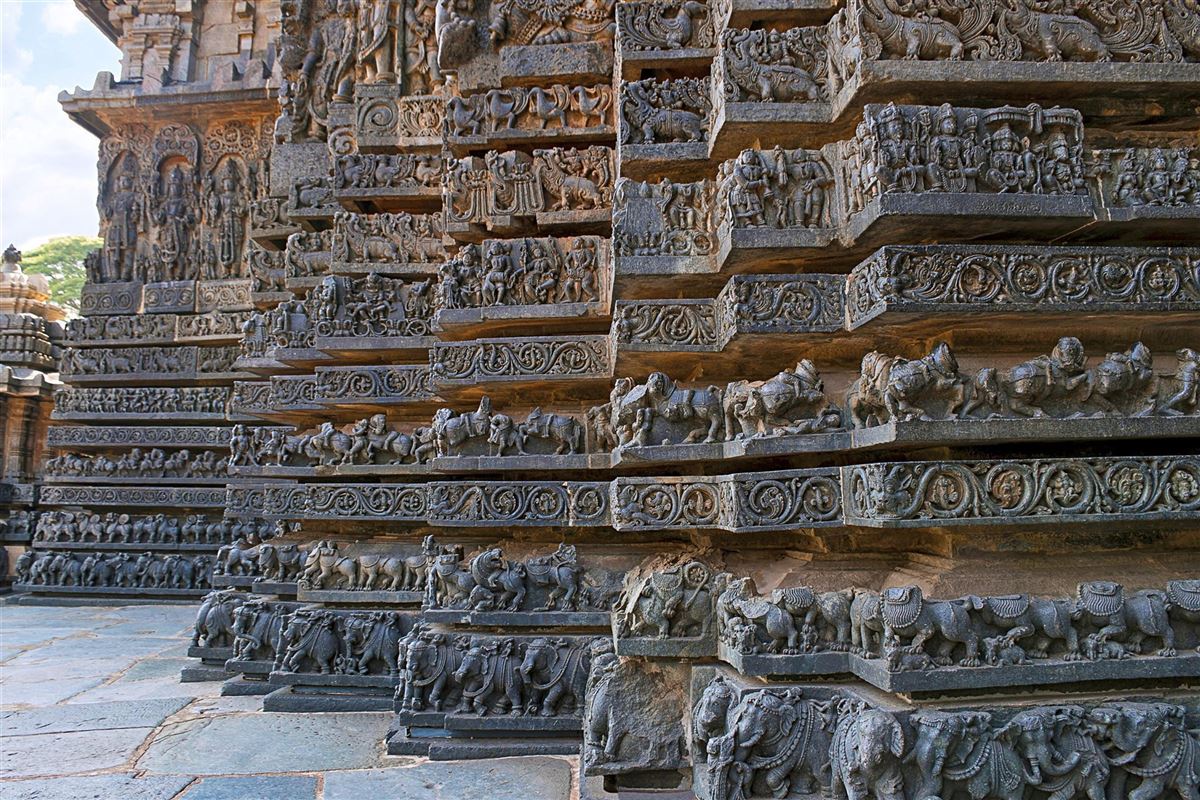
Belur
Famous for the Chennakesava Temple, Belur is another gem of Hoysala architecture. The temple’s finely detailed friezes and sculptures are a must-see.
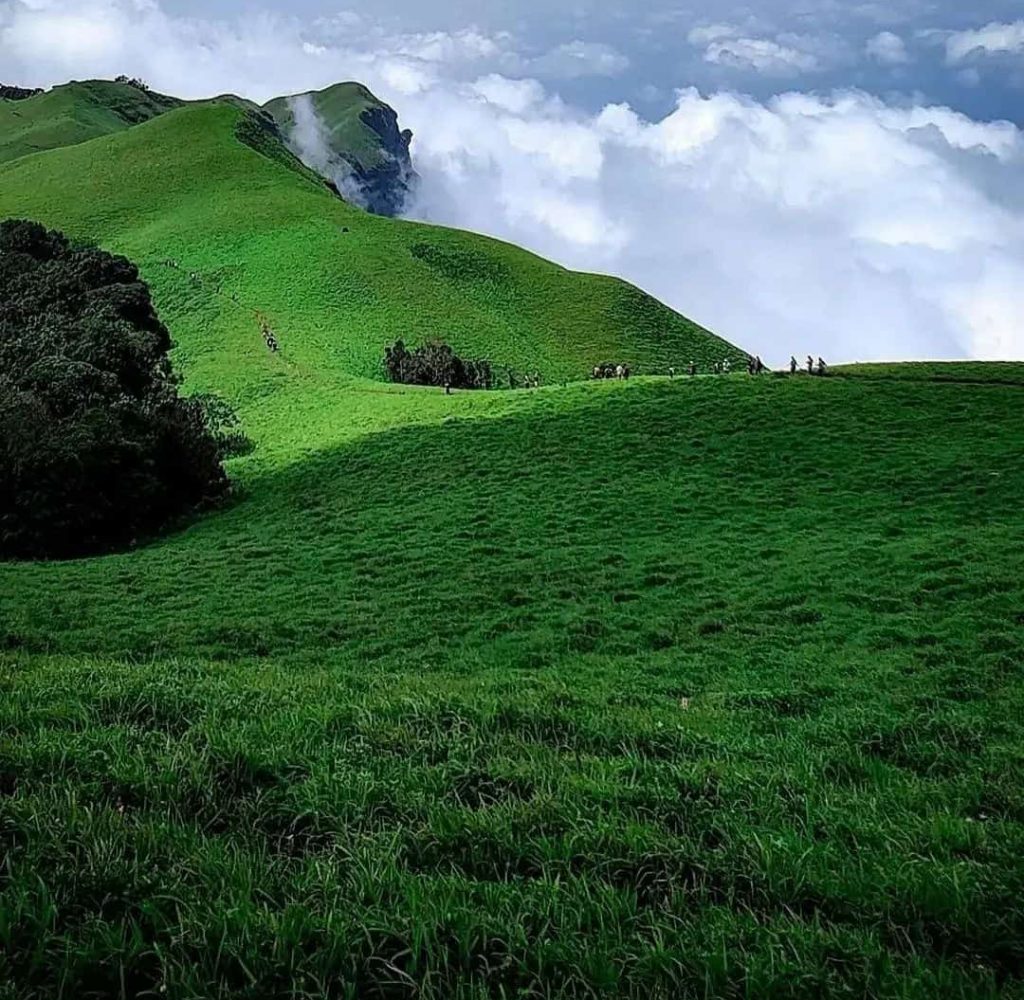
Chikmagalur
A scenic hill station known for its coffee estates and cool climate. Perfect for a relaxing retreat after exploring historic Halebidu.

Yagachi Dam
A peaceful spot for picnics and water activities like jet skiing and boating. Ideal for families and nature lovers looking to unwind.
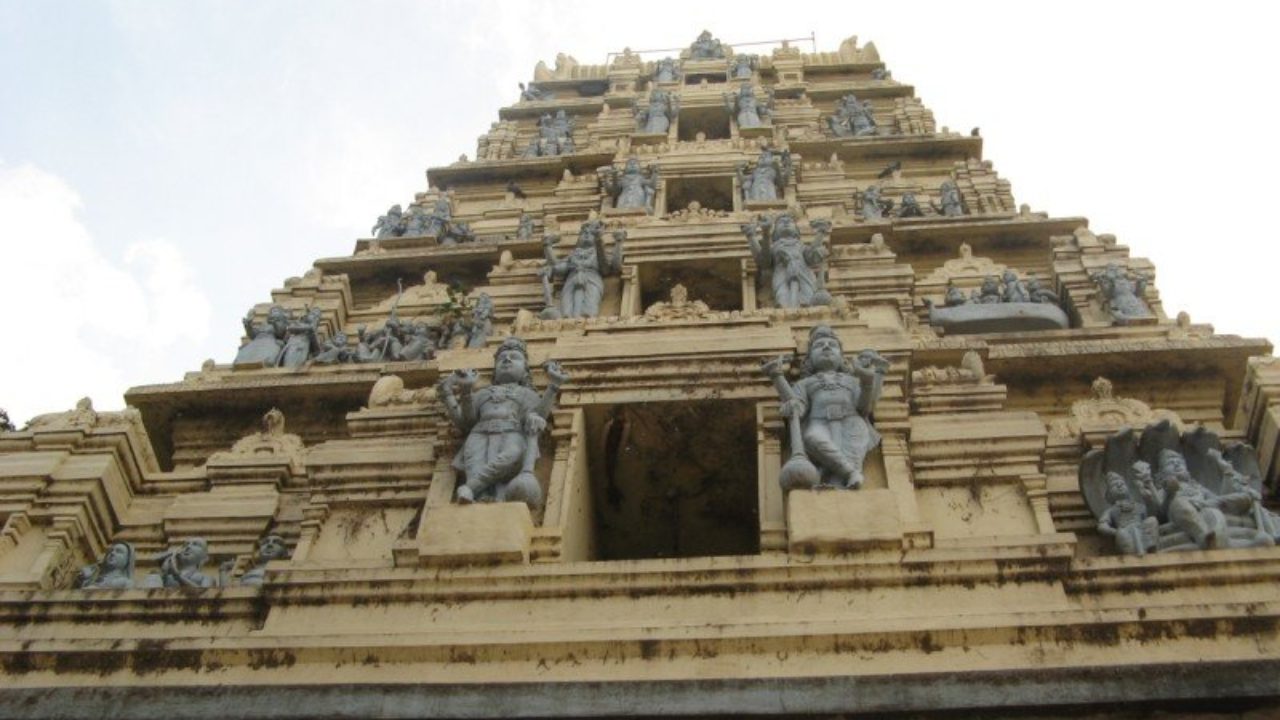
Hiremagalur
A spiritual town near Chikmagalur with the revered Kodandarama Temple. It blends mythological significance with scenic surroundings.
Things to do in Halebidu
Uncover the rich cultural and spiritual legacy of Halebidu through immersive experiences. From temple walks to sunset views, every moment connects you with history and serenity.

Explore Hoysala Architecture
Witness the intricate craftsmanship of Hoysala-era temples up close. Every pillar, wall, and sculpture tells a mythological or royal tale carved in stone.
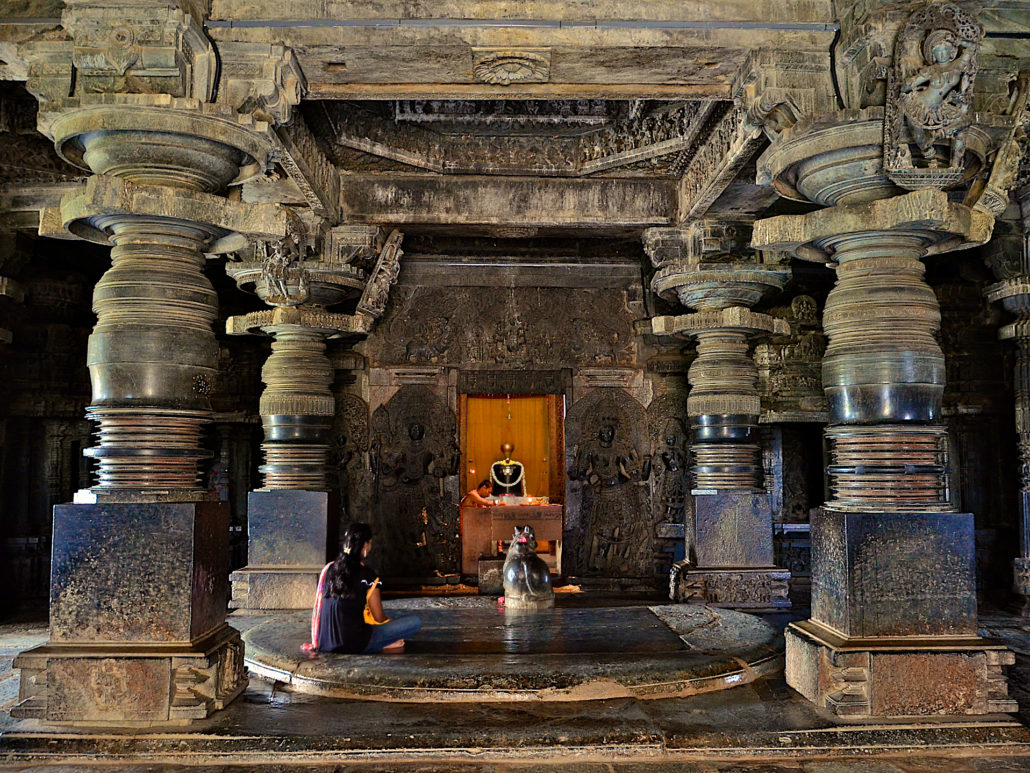
Attend Temple Rituals and Aarti
Participate in serene daily rituals at ancient temples for a spiritual experience. The chants and oil lamps create a calming and sacred atmosphere.
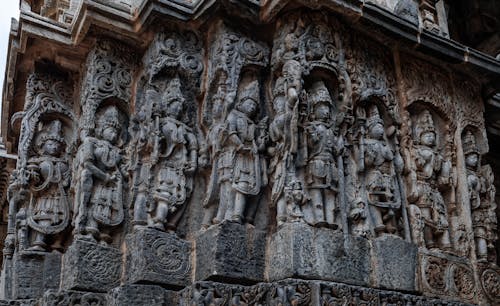
Photography of Ancient Carvings
Halebidu is a paradise for photographers with its detailed sculptures and heritage architecture. Capture mythological scenes and rare stone artistry.

Visit Temple Complex
Take a peaceful walk around the temple complex at dusk. The soft lighting on the stone structures makes it a magical and reflective experience.
The Performing Art of Halebidu
Steeped in the grandeur of the Hoysala Empire, holds a rich and soulful tradition of performing arts that beautifully mirrors its architectural and spiritual legacy. The temples here were more than places of worship—they served as dynamic stages for music, dance, and theatrical expressions that were deeply woven into daily life and rituals.
Carnatic Music
Bhajans
Yakshagana Music
The music of Halebidu is equally rich, dominated by Carnatic classical traditions. Temple rituals often involve live performances of devotional songs (bhajans and keerthanas), accompanied by instruments like veena, mridangam, and nadaswaram. These soulful melodies echo through temple halls, enhancing the divine experience for devotees and visitors alike.
Bharatanatyam
Kuchipudi
Dollu Kunitha
The region is closely tied to Bharatanatyam and Kuchipudi, often performed during temple festivals. These classical dances, with graceful movements and expressive storytelling, reflect the spiritual ethos of the area. Local folk dances like Dollu Kunitha (drum dance) and Veeragase, a vigorous warrior-style performance, are also showcased during cultural gatherings and fairs.

City Vibes - Timeless Spiritual Charm
Halebidu radiates an aura of serenity and sacredness that transports visitors to a different era. With its intricately carved temples, sacred ponds, and quiet rural landscapes, the town offers a peaceful retreat from modern chaos. The rhythmic chants from temples, the scent of jasmine in the air, and the slow pace of life reflect its deeply rooted spiritual essence.
Heritage of Halebidu
Once the majestic capital of the Hoysala Empire, is a treasure trove of architectural brilliance and cultural legacy. The town is best known for its twin temples—Hoysaleswara and Kedareshwara—masterpieces carved from soapstone that showcase thousands of intricate sculptures, each narrating tales from Hindu mythology, everyday life, and royal grandeur.

Cuisine of Halebidu
Offers a simple yet flavorful taste of traditional Karnataka cuisine, deeply rooted in local spices and heritage.
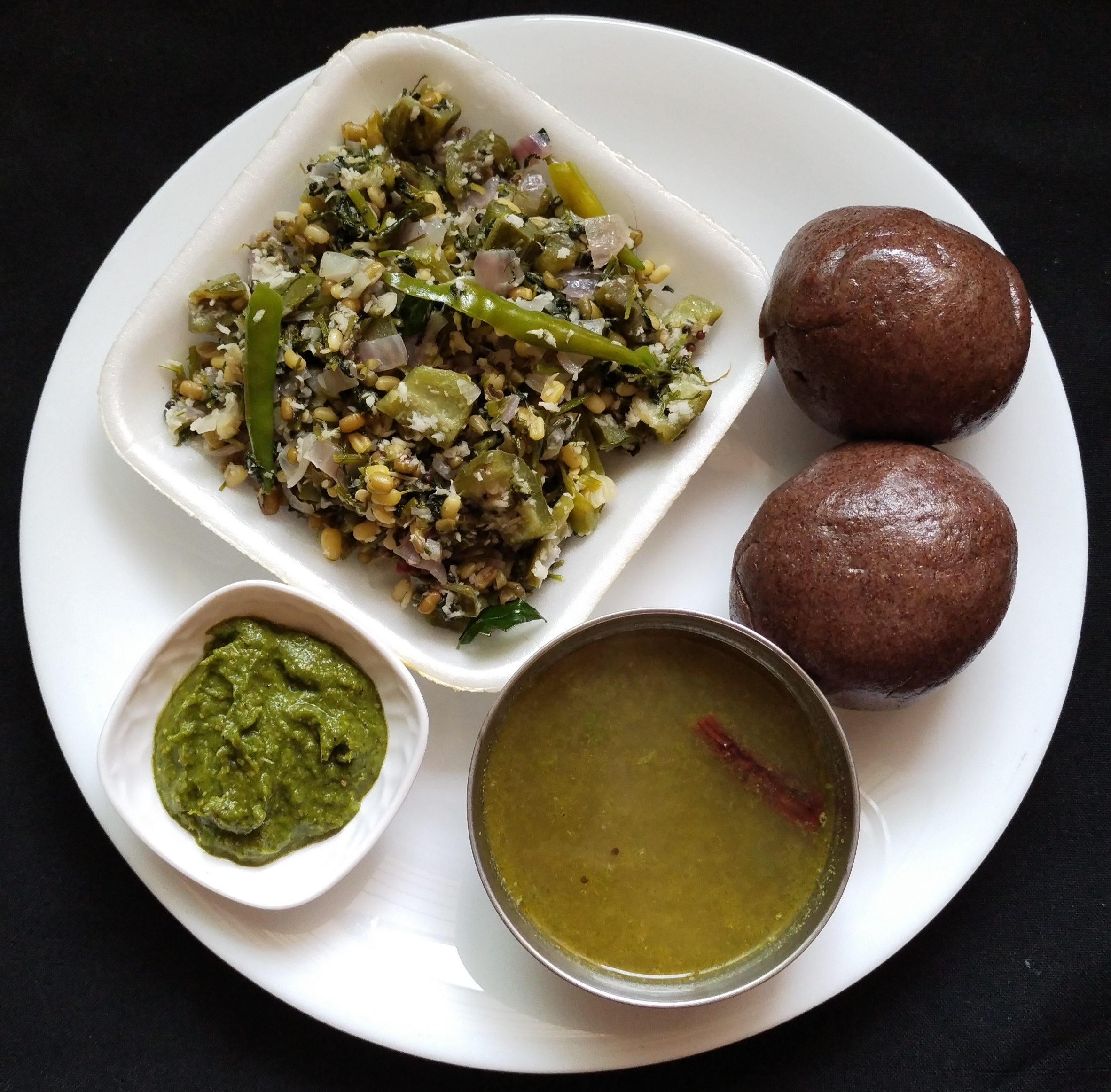
Ragi Mudde
This nutritious finger millet ball is a staple in rural Karnataka. Usually paired with sambar or spicy meat curry, it’s both filling and healthy, offering a taste of rustic Hoysala traditions.

Bisi Bele Bath
A beloved one-pot dish made of rice, lentils, tamarind, and spices, Bisi Bele Bath offers a balanced blend of sour, spicy, and savory.
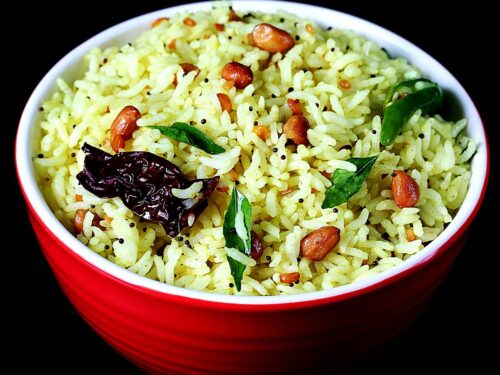
Chitranna (Lemon Rice)
A vibrant and tangy rice dish infused with lemon juice, mustard seeds, and green chilies. It’s a common temple offering and makes for a light, flavorful meal or snack.
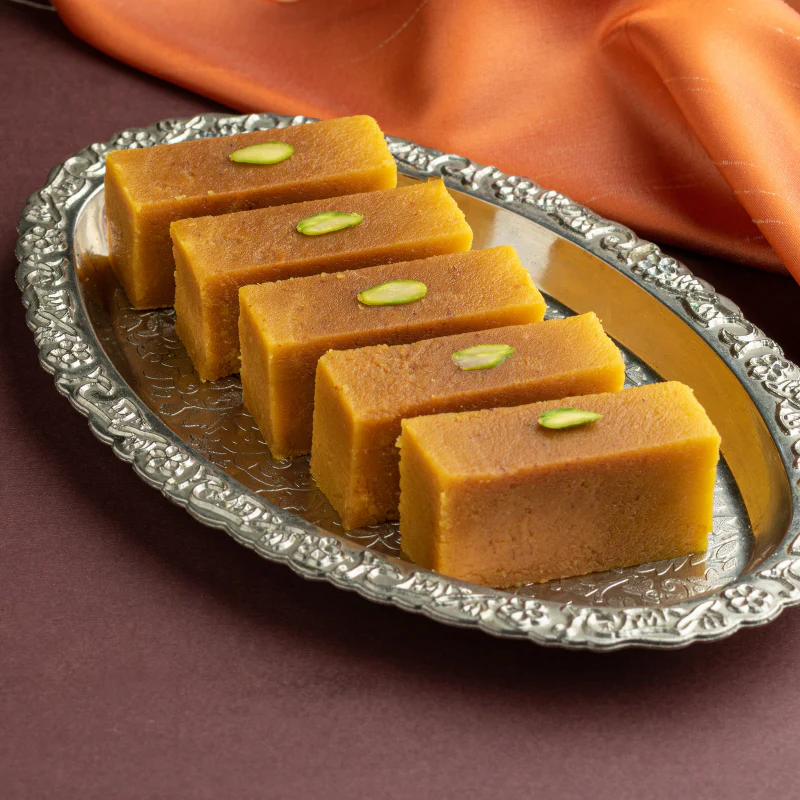
Mysore Pak
This rich ghee-based sweet melts in your mouth and is often found in nearby temple towns. Originally from Mysore, it’s a festive favorite with a strong presence in Halebidu’s food scene.
Shopping in Halebidu
Shopping in Halebidu offers a glimpse into the region’s rich artistic and cultural heritage. From intricately carved souvenirs to traditional handicrafts, every item carries a piece of Hoysala legacy.
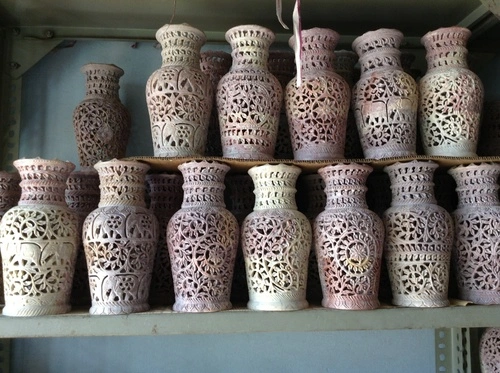
Stone Carvings
Halebidu is famous for its exquisite stone sculptures that mirror the detailed carvings seen in its temples.
Wooden Handicrafts
Locally made wooden items like idols, jewelry boxes, and decor pieces are popular here.
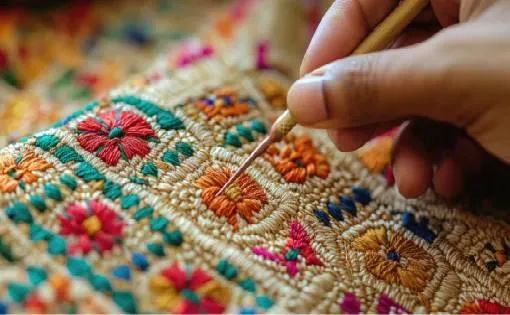
Lambani Embroidery
Vibrant textiles and accessories featuring Lambani (tribal) embroidery are often sold by local artisans.

Terracotta Figurines
These earthy, handmade items reflect the simple rural charm of the region. Often depicting deities, animals or village scenes.
Tourist's Handbook
The best time to visit Halebidu is from October to February, during the winter season. The weather is pleasant and cool, with temperatures ranging from 15°C to 28°C — ideal for exploring the intricately carved temples and historical ruins without the discomfort of heat or rain. Avoid the monsoon (June to September) due to heavy rainfall and the summer (March to May), which can get hot and humid.
- Wear Comfortable Footwear – Many temple complexes have uneven stone floors; sturdy footwear will help avoid slips or discomfort while walking.
- Stay Hydrated – Carry bottled water while exploring, especially during the day, as local shops may be limited near some heritage sites.
- Respect Temple Etiquette – Dress modestly and remove shoes before entering temple premises. Avoid loud behavior in sacred areas.
- Watch Your Belongings – Though Halebidu is generally safe, keep an eye on your personal items, especially in crowded or touristy spots.
- Avoid Isolated Areas After Dark – Plan your visits during daylight hours as lighting is limited in and around historical sites at night.
Exploring Halebidu is best done on foot due to the town’s compact size and closely located historical sites. For nearby attractions, you can hire auto-rickshaws or local taxis, which are easily available and budget-friendly. If you’re planning to visit Belur, Chikmagalur, or other nearby destinations, private cabs or tourist buses are a comfortable option. It's advisable to arrange transportation in advance, especially if traveling during weekends or peak seasons. While there’s no public transport hub within Halebidu, most hotels can assist with trusted travel options.
Overpriced Souvenirs – Handicraft sellers near tourist spots may inflate prices. Compare rates at multiple stalls or opt for government emporiums when possible.
Unlicensed Guides – Some individuals may pose as guides. Always choose authorized guides or go through your hotel or tourism office.
Fake Donation Requests – Avoid giving money to anyone demanding donations at temples or monuments unless it's officially organized.
Parking or Entry Fee Scams – Some locals may ask for extra parking or entrance fees; ensure you only pay at official counters.
Halebidu Blogs
- Karnataka Cultural guide
- Places to visit in Halebidu
- Places to visit nearby Halebidu
- India’s most popular destination
- India’s archaeological marvels
Recommended articles
- Uttar Pradesh Cultural guide
- Places to visit in Varanasi
- Places to visit nearby Varanasi
- India’s most popular destination

